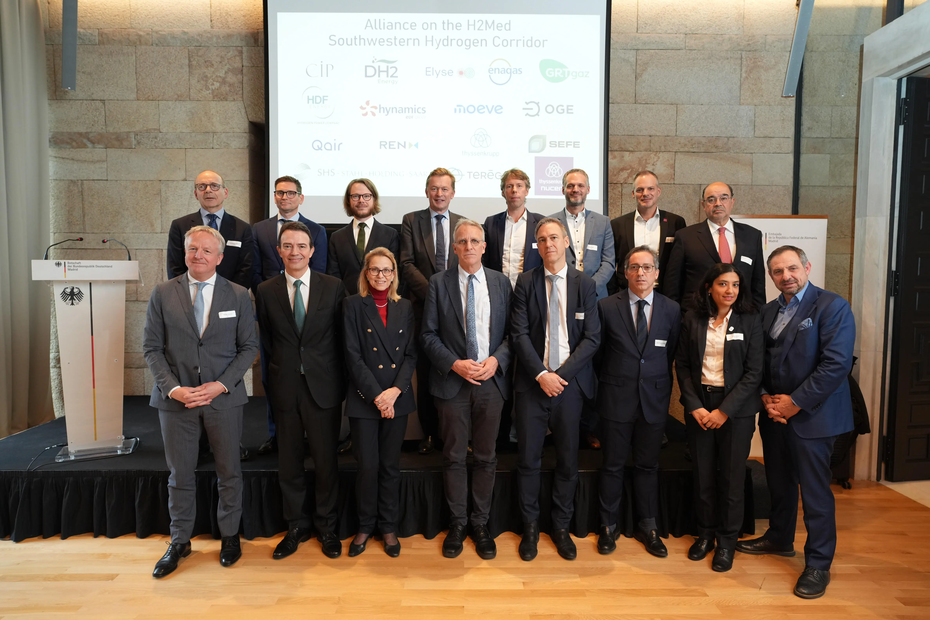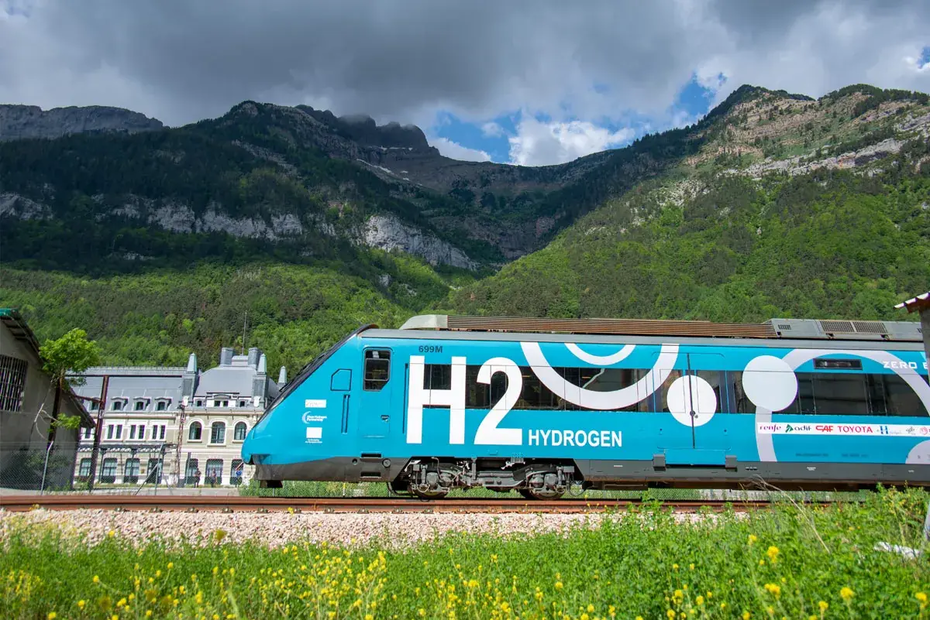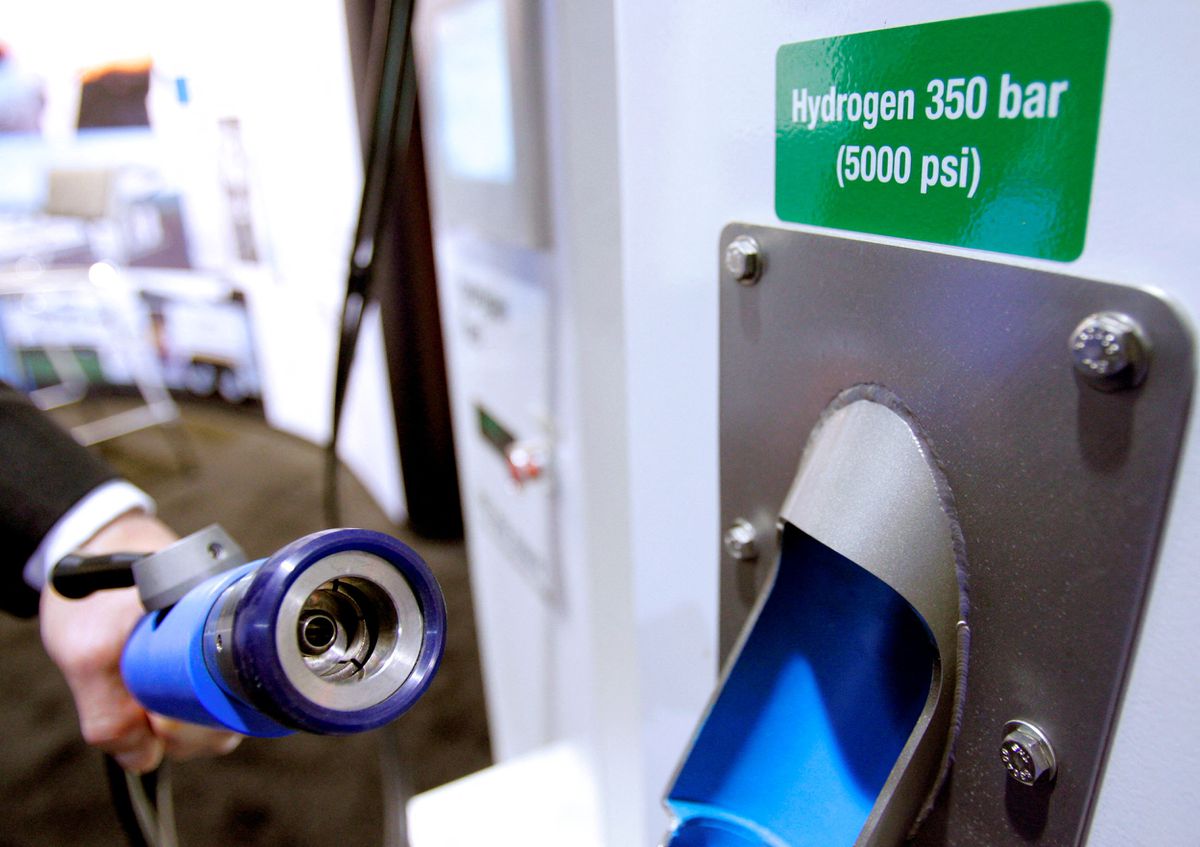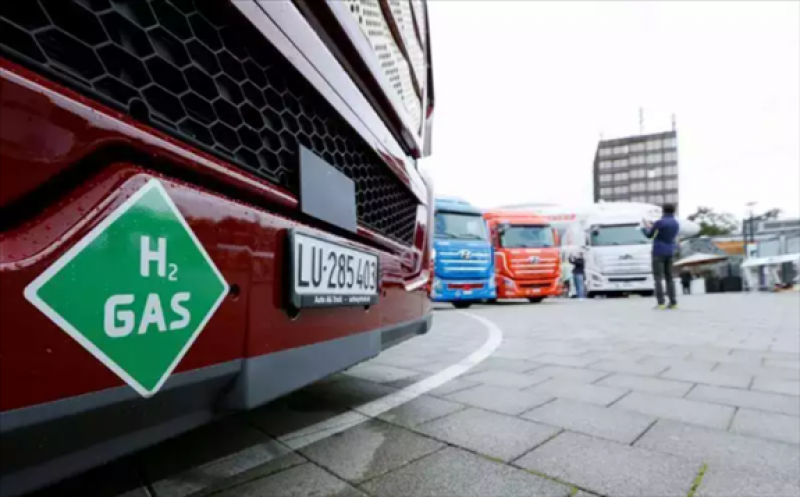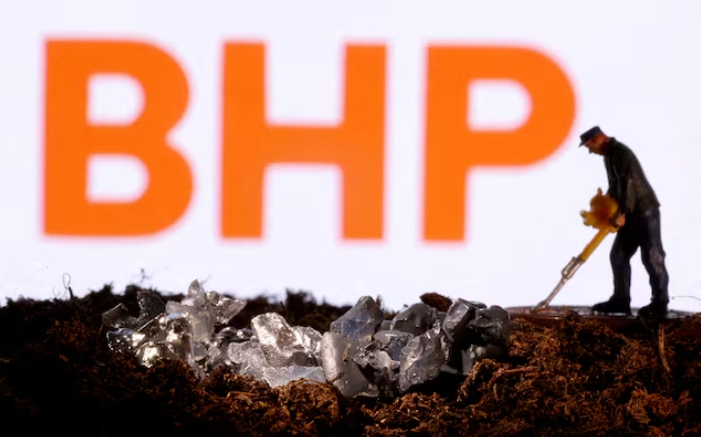
The world's biggest listed miner remains on track to reach its target of reducing operational greenhouse gas emissions by at least 30% from financial year 2020 levels by 2030, Vice President for Climate Graham Winkelman told an investor briefing.
Actions it is taking to reduce emissions include increasing its use of solar power and decarbonising its trucking fleet over time.
The miner has been under increasing pressure from investors to set a target for a reduction in emissions from its customers, given steelmaking accounts for about 7% of global carbon emissions but BHP says that number is out of its control.
Instead, BHP's goal is to support the steelmaking industry to develop technologies and pathways capable of a 30% reduction in emissions intensity, with widespread adoption expected after the end of the decade, the company said.
It plans to support a 40% emissions intensity reduction for BHP-chartered shipping of BHP products.
BHP is depending on technologies that are still being developed to achieve its goals, Dan Heal, vice president of operational decarbonisation at BHP's Australia business said on the call.
Nine out of 10 of the world's top global steelmakers include carbon capture utilisation and storage (CCUS) in their roadmap to emissions, he said.
